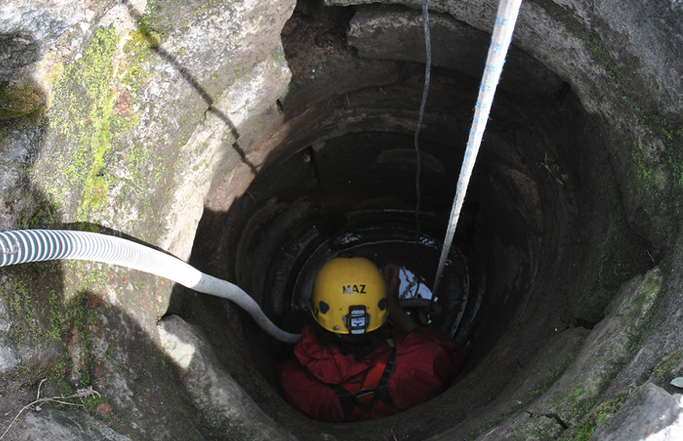Grab your explorer hats because we’re delving into an archaeological marvel unearthed in Italy.
Imagine stumbling upon artifacts that have been buried for nearly 2,000 years—this is what happened in the ancient Roman city of Ostia Antica. Let’s dive into the details of this incredible discovery.
Recently, Italy’s Ministry of Culture announced that a roughly 10-foot-deep well was excavated as part of a restoration project in Ostia Antica, a harbor city just a short train ride from Rome. The Minister of Culture, Gennaro Sangiuliano, hailed the find as a testament to the area’s rich history and archaeological significance. He emphasized that Ostia Antica is not only a marvel but also one of the most important archaeological sites in the nation, reflecting the grandeur and history of Ancient Rome.
Ostia Antica, once a bustling harbor city, now offers a window into the past, and this latest excavation has added even more to its historical narrative. Photos released by the Ministry of Culture show a worker being carefully lowered into the ancient well.
Amidst the muck and mud, the team uncovered dozens of artifacts dating from the end of the first century to around 200 A.D. What makes these finds particularly remarkable is their state of preservation, thanks to the oxygen-poor mud that encased them.
Ancient artifacts uncovered in 10-foot well on outskirts of major city: Archaeologists in Italy have unearthed artifacts buried deep in a well for nearly 2,000 years on the outskirts of Rome.
Italy’s Ministry of Culture said the roughly 10-foot-deep… https://t.co/WunfE6sHdJ pic.twitter.com/I0sImxQJ0p
— Global Voters (@global_voters) June 7, 2024
Among the treasures unearthed were ceramics, lamps, fragments of glass containers, and pieces of marble. Additionally, burnt animal bones were discovered, suggesting that the area might have been the site of sacred rituals or sacrifices. But one of the most intriguing objects found was a carved wooden artifact shaped like a funnel or chalice. Its exact purpose remains a mystery, but it certainly adds to the intrigue of this archaeological site.

This well is situated near a temple complex that dates back to around 300 B.C. The complex is dominated by the Temple of Hercules and includes other cult buildings. The discovery of such a variety of well-preserved artifacts provides a tangible connection to the rituals, daily life, and religious practices of the people who once thrived in Ostia Antica.
Just think about it—nearly 2,000 years ago, this harbor city was bustling with activity, and now, thanks to the efforts of archaeologists, we can catch a glimpse of that vibrant past. The artifacts pulled from the depths of the well are more than just objects; they are pieces of a puzzle that tell the story of Ancient Rome’s reach, culture, and religious practices.


